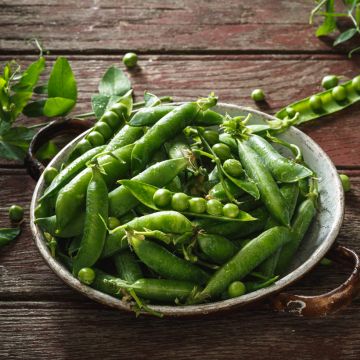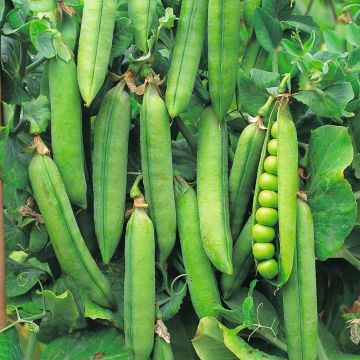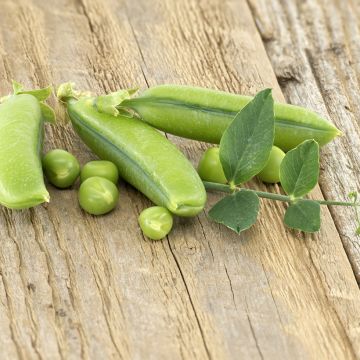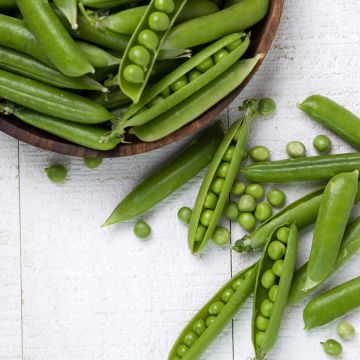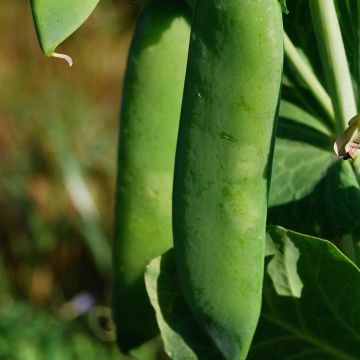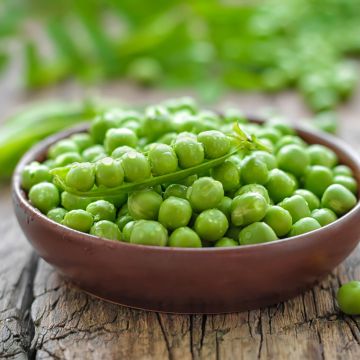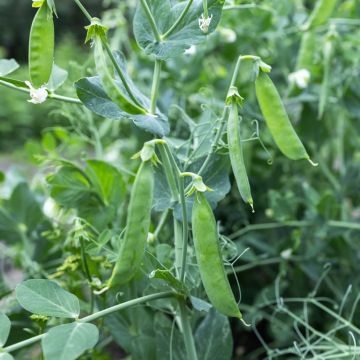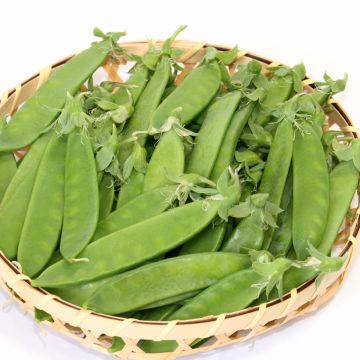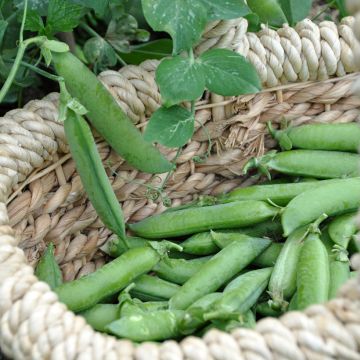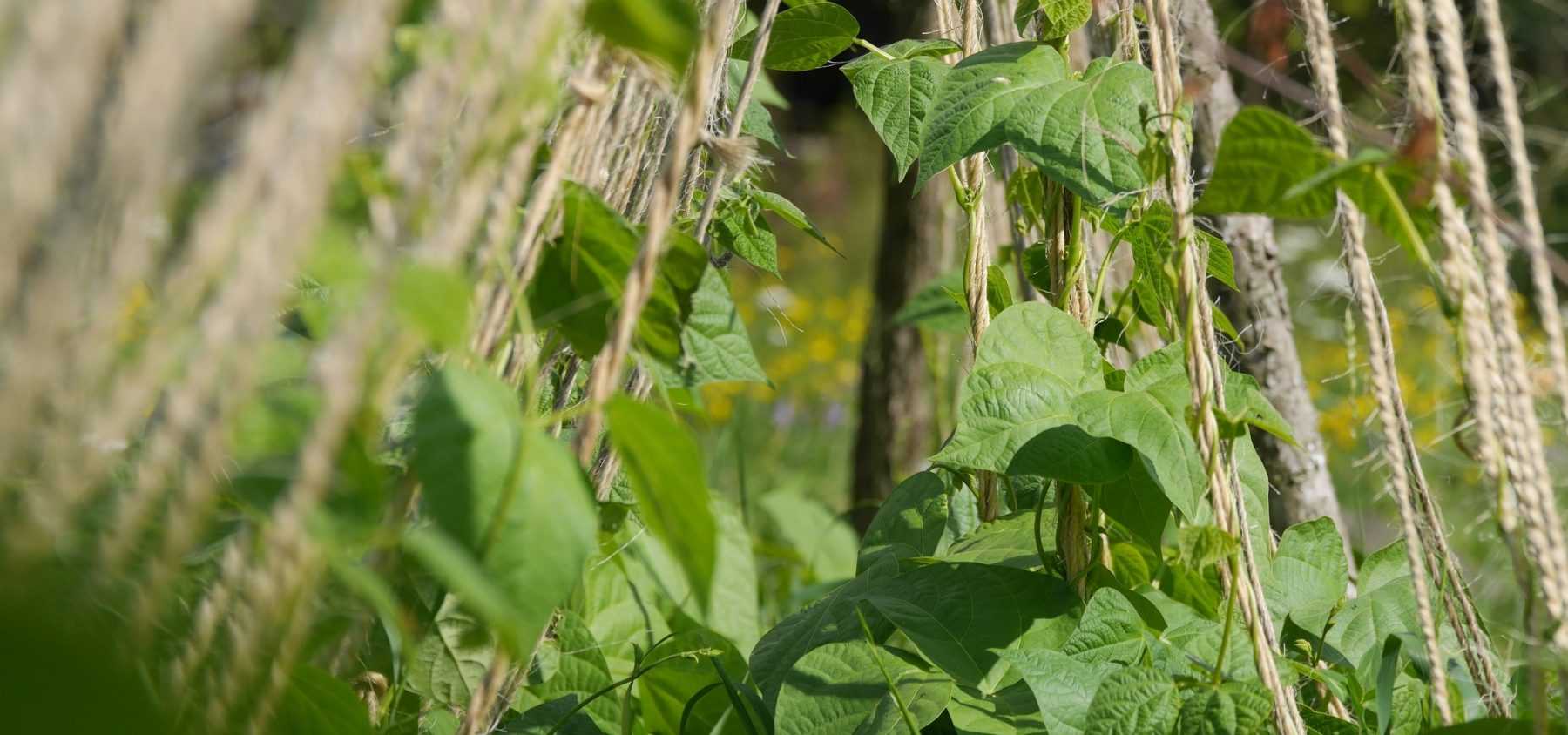
Staking climbing vegetable varieties
climbing beans and peas
Contents
In the vegetable garden, you can grow two types of peas and beans: dwarf varieties and climbing varieties, known as “pole” types. The latter are sometimes overlooked by gardeners because they require an extra task: staking. However, they offer many advantages, such as better yields, space-saving at ground level and easier harvesting. By taking a little time to set them up properly, you’ll enjoy vigorous, generous plants throughout the season. Discover how to choose and install the right supports for successful pole pea and bean cultivation!
The benefits of climbing varieties
Growing climbing beans and peas, sometimes referred to as “pole” varieties, offers numerous advantages:
- these varieties are often more productive than their dwarf counterparts,
- they take up less space, allowing you to maximise your garden area
- harvesting is easier, as there’s no need to bend down,
- they add visual appeal to vegetable gardens with their vertical lines.
The only requirement is installing a support structure for the plants to climb.
Read also
The beanpole wigwamWhich supports to choose for climbing vegetables?
The range of possibilities is wide, both in terms of materials and the style of assembling stakes or trellises.
You could use:
- thick garden twine, with several lengths tied to the top of a central pole or a horizontal stake, then secured to the ground with pegs,
- wooden poles (chestnut, hazel, ash, bamboo), sturdy battens or rebar,
- flexible trellis netting, supported by stakes placed at regular intervals,
- trellises made from wire mesh or welded masonry grids, secured with sturdy posts.
The key is that the structure should be large enough (2.5 to 3 metres high) to allow plants to spread comfortably, but also sturdy enough to support their weight.
Don’t hesitate to make use of existing garden structures: railings, arbours and pergolas make perfect supports. You can also pair climbing varieties with sweetcorn: once well-established, the sweetcorn plants will serve as natural stakes for climbing beans and peas.
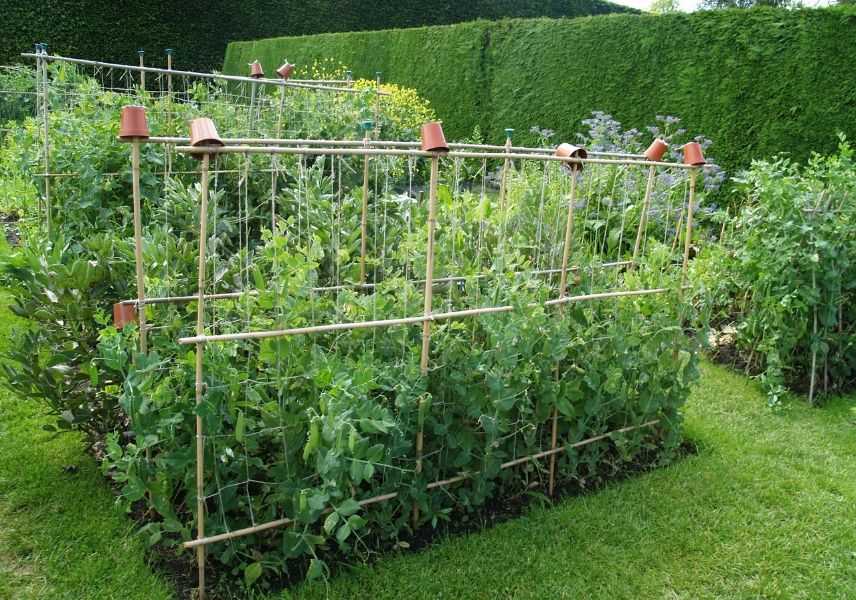
An example of staking combining stakes and trellis netting
Discover other Peas
View all →Available in 1 sizes
Available in 1 sizes
Available in 1 sizes
Available in 1 sizes
Available in 1 sizes
Available in 1 sizes
Available in 1 sizes
Available in 1 sizes
Available in 1 sizes
Available in 1 sizes
How to plant them
Stakes and trellises should preferably be installed before sowing.
They can be arranged according to your preferences: in a teepee shape, to form a long Canadian tent or, more simply, as large vertical panels.
It’s important that they are securely anchored to the ground to withstand wind – don’t hesitate to drive stakes and posts very deeply into the soil.
- Subscribe!
- Contents



































